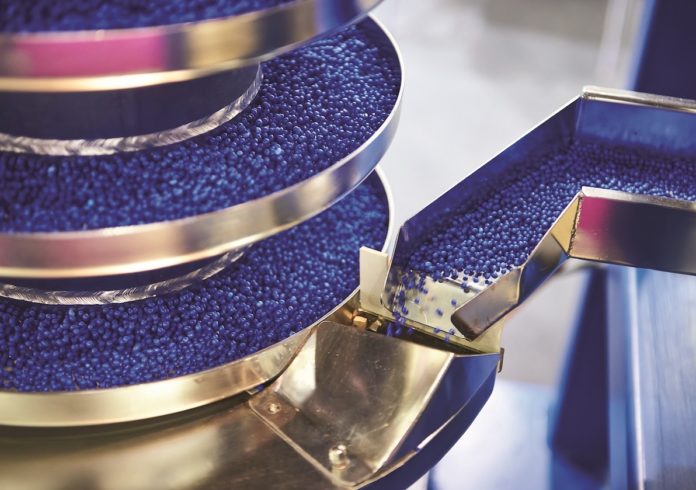Research by the University of Stirling, in Scotland, has found that the hard surface of waterborne plastic pellets known as ‘nurdles’ makes an ideal environment for the formation of biofilm by opportunistic microbial colonisers. As a result, they could provide a novel means of dispersal for microorganisms in coastal and marine environments.
Biofilms colonising the ‘plastisphere’ could also be a reservoir for faecal indicator organisms such as E. coli, or pathogenic bacteria such as Vibrio, the researchers warn in a recent paper in Marine Pollution Bulletin.
The study aimed to map the spatial distribution of beach-cast plastic nurdles at five public bathing beaches. It found they were heterogeneously distributed along the high-tide mark at all five, with each beach hosting nurdles colonised by E. coli (45%) and Vibrio species (up to 90%).
The paper recommends that knowledge of E. coli colonisation and persistence on nurdles should now be used to inform coastal managers about the additional risks posed by plastic debris.
Principal investigator Dr Richard Quilliam is quoted: “The danger is that pathogens could be transported over large distances and survive for much longer than normal. When a pathogen is bound to a piece of plastic, it’s going to be protected, as it can hide from things that normally kill it, such as UV light.”
The findings are set out in Colonisation of plastic pellets (nurdles) by E. coli at public bathing beaches, by A Rodrigues, D Oliver, A McCarron and R Quilliam.








